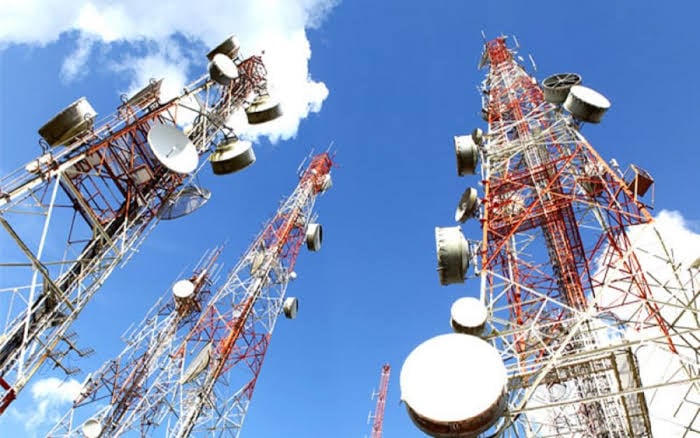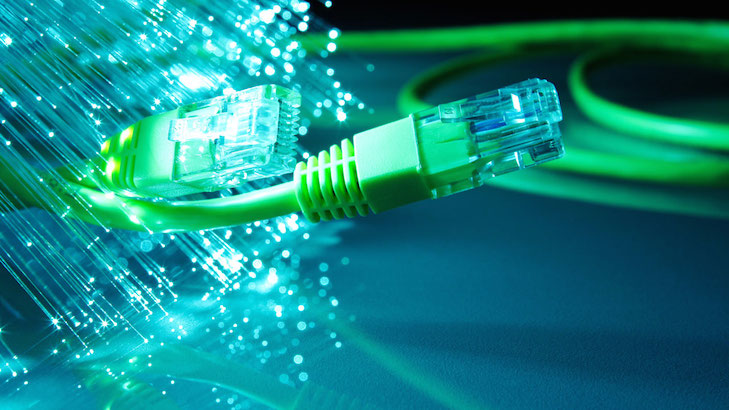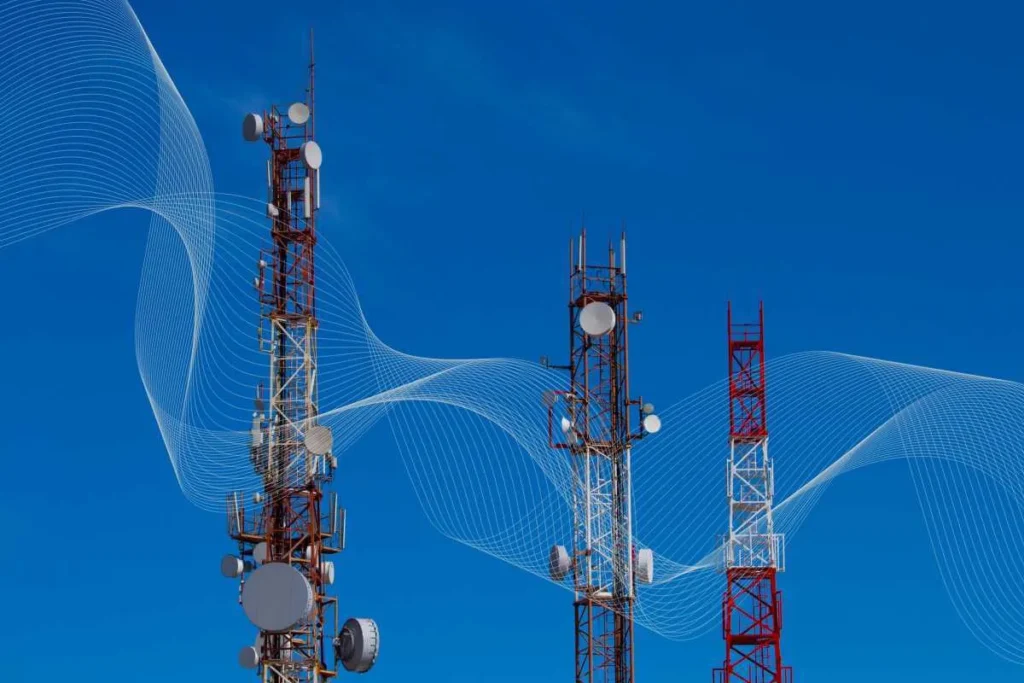As the year 2025 edges closer, Nigeria’s grand vision outlined in the 2020–2025 National Broadband Plan appears to be losing momentum. The Nigerian Communications Commission (NCC) reports that broadband penetration dipped to 48.01 per cent in July 2025, marking the second monthly slide following minor rebounds earlier in the year. Connections fell from 105.7 million in June to around 104 million in July. Making matters worse, Nigeria failed to meet its intermediate target of 50 per cent by the end of 2023, instead hovering at 44.43 per cent by end-2024.
Table of Contents

Structural Roadblocks and Rising Digital Demands
Nigeria’s ambitious 70 per cent broadband goal by December 2025 is under serious strain, and not without reasons. Among the most persistent hurdles are exorbitant right-of-way fees imposed by state authorities, which have crippled fibre rollout—only seven states have abolished these fees to date.
Critically, 4G remains the workhorse of mobile connectivity, comprising roughly 49.3 per cent of subscriptions, while 5G accounts for a mere 3 per cent. Yet, consumer demand continues to surge: in July 2025 alone, data consumption soared to a record 1.1 million terabytes, fuelled by 4G and the handful of 5G users.
Is the 70 Per cent Target Still Within Reach?
Despite the gloomy figures, the NCC maintains a cautiously optimistic tone. At the African Peering and Interconnection Forum (AfPIF) in Lagos, Executive Vice Chairman Aminu Maida insisted the 70 per cent broadband penetration remains attainable within the year. He emphasised strategic pricing, investment in fibre optics, 5G expansion, and rural connectivity—citing the expansive 90,000-kilometre fibre backbone project as ongoing proof of progress.
Yet, the data paints a daunting picture: by June 2025, broadband penetration was just 48.78 per cent—an upswing from 45.61 per cent at January’s start. Moreover, the industry shed over one million internet subscribers in the first half of 2025 alone—largely due to SIM-NIN registration hurdles, rising data tariffs, and high device costs.

The Way Forward: Policy Fixes, Investment & Last-Mile Focus
Tackling Nigeria’s broadband shortfall demands a robust recalibration—rooted in pragmatic policy changes, private-sector partnerships, and stronger state-federal alignment. Rollbacks on right-of-way charges, harmonised regulations, and state-level support are urgent. Without tackling these policy roadblocks, fibre deployment—especially to underserved areas—will remain painfully slow.
Innovative funding models also have a critical role to play. A public–private SPV fibre initiative, backed by the World Bank, aims to increase broadband coverage and slash access costs by over 60 per cent. But with tendering closed and evaluations still pending, tangible rollout remains unclear.
In parallel, bridging the digital access gap—especially for remote, rural communities—is imperative. Nigeria’s Universal Service Provision Fund (USPF), anchored in the NCC and designed to extend ICT reach to underserved areas, should be leveraged more aggressively. Satellite broadband solutions—like the ones piloted by Phase3 Telecom with YahClick—might also offer fast-track connectivity in hard-to-reach zones.
The cost dimension cannot be overlooked. Earlier in 2025, data tariffs surged significantly—1 GB now costs around ₦431, well above the Plan’s target of ₦360/GB. With affordability key to uptake, reducing end-user costs is non-negotiable.

Summary Table: National Broadband Plan – Nigeria Behind 2025 Targets
| Issue | Current Status |
|---|---|
| Broadband Penetration | July 2025: 48.01 %. Down from earlier modest gains; interim target for 2023 missed. |
| Barriers | High right-of-way fees, regulatory fragmentation, infrastructure gaps, subscriber losses. |
| Usage Trends | 4G dominates (~49.3 %), 5G minimal (~3 %); peak data use reached 1.1 million TB in July 2025. |
| Optimism Held | NCC insists 70 % target is still possible through investments in fibre, 5G and rural rollout. |
| Needed Actions | Reform state policies, expand SPV’s fibre projects, deploy satellite alternatives, lower tariffs. |
Join Our Social Media Channels:
WhatsApp: NaijaEyes
Facebook: NaijaEyes
Twitter: NaijaEyes
Instagram: NaijaEyes
TikTok: NaijaEyes














![Tiwa Savage Slams ‘Unfair’ Exclusion of Tems from Afrobeats Big 3 Ranking [VIDEO] Tiwa Savage](https://naijaeyesblog.com/wp-content/uploads/2025/09/Tiwa-Savage-tems-180x135.avif)
























